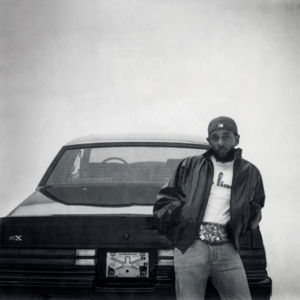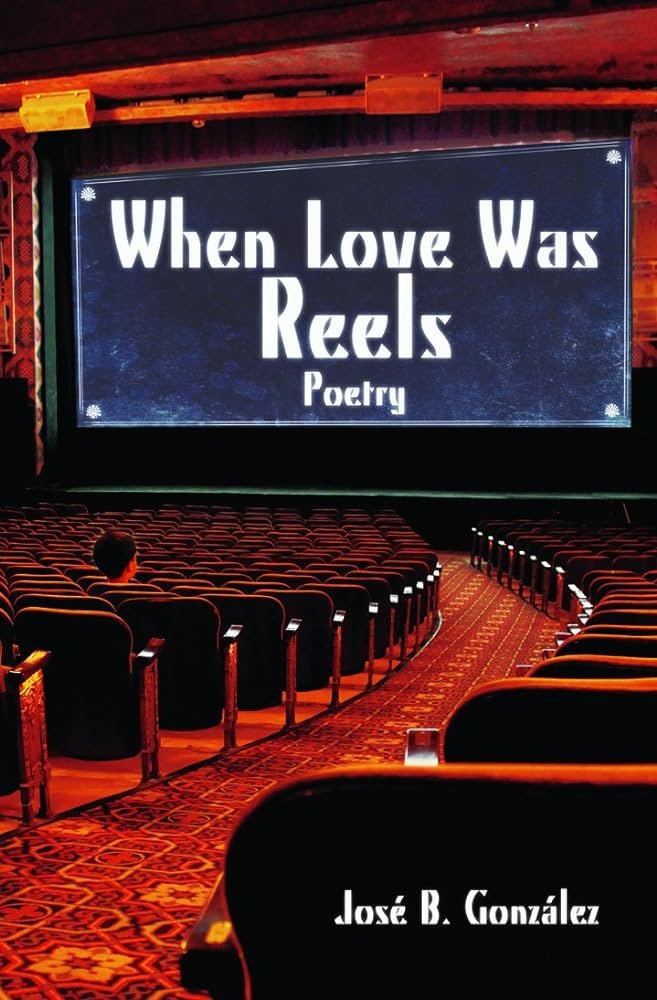Goddam this is a good short story collection. Much as There, there by Tommy Orange captured the range of heat and friction in the urban Native experience, Jamil Jon Kochai’s characters wrestle with the whole of Afghanistan’s history as the cultural impact of Islam and the ever-present traumas of war, migration, and imperialism put their whole weight on their lives. Its hard to describe the magical realism of the collection, because Kochai somehow pulled off incredibly hokey and heavy-handed metaphors; in fact, these exact metaphor managed to capture sometimes horrifying, sometimes darkly humorous, sometimes gorgeous elements of the Afghani experience that beating us over the head with relentless realist trauma just wouldn’t be able to do. There’s a story, for example, where a couple keeps receiving portions of their boy child’s dismembered body. The father goes on a goose chase looking for a police officer or an official willing to do anything. The mother, on the other hand, slowly sews their son back together. Such a dark premise sounds like an awful, heavy-handed undergrad idea in summary. Kochai made this spellbinding. There’s a story where a gamer, who loves MF DOOM (apparently a favorite for men of color short story writers like Kochai and Orange), ignores his family’s worried and troubled cries as he binge plays Metal Gear Solid V, which takes place in Afgani villages, much like where his father grew up. I am especially grateful I read this pulsating collection after reading Max Blumenthal’s The Management of Savagery, which included a rather clinical history of Afghanistan. There’s a way political argument can summarize atrocity after atrocity in a couple of bloodless paragraphs, where a fiction writer can yield a gallon of blood from a single poetic phrase. The Haunting of Hajji Hotak and Other Stories burns with the fires of Afghanistan’s history and glides with the slick ice of a master fiction writer’s pen. 5/5

























